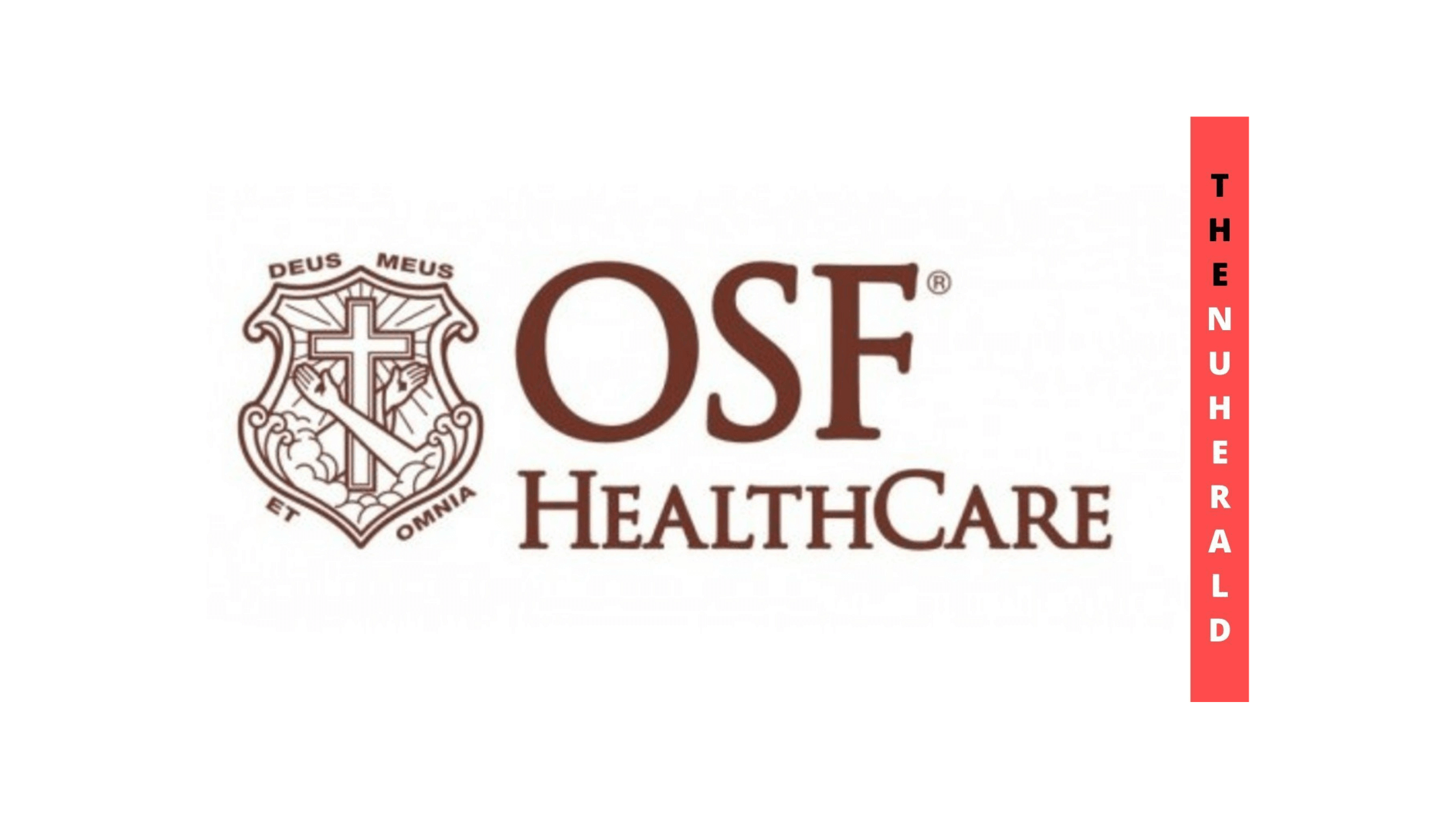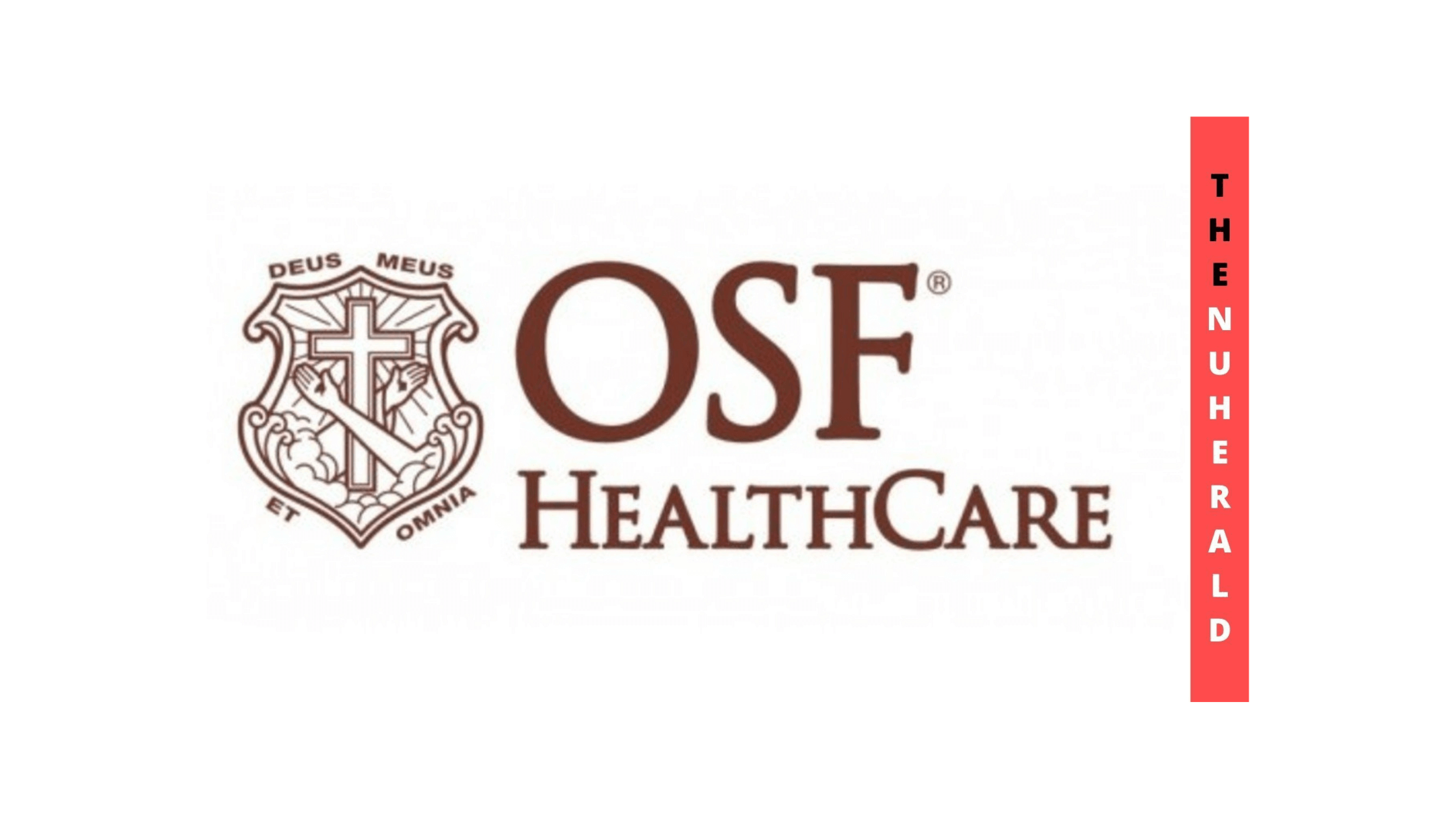OSF healthcare comes in collaboration with The University of Illinois, Chicago to give 8 grants worth more than $7,00,000 to projects which have the potential to remove certain barriers to care to support their initiative. Projects to help wellness education and enhance health and leverage technology in low-income and under-resourced communities to help them with better training and extending their community’s reach.
The University Of Illinois Chicago Offers 8 Grants Worth More Than $7,00,000
OSF Healthcare is a non-profit Catholic health care group that operates many medical necessities in Illinois and Michigan. The medical necessities are medical groups, hospitals, and a few more medical facilities.

It was founded in the year 1877. They have racked up 3.1 billion USD in revenue in the year 2020.OSF Health care has around 23,899 employees working for the group.
All you need to know about the CHA program
The eight research projects are to share $7,00,000 for the Community Health Advocacy initiative for producing solutions in the following matters:-
- Researching and exploring prototype for the betterment of care and community based initiatives that have an impact on social determinants of health.
- Better efficiency in heath outcomes and health care disparities.
- Making care more accessible and removing barrier for care in every community and race.
What we’re these grants and awards given for?
The grants and awards given as a CHA initiative by the collaboration of OSF Healthcare and The University of Illinois are as follows:-
- OSF HealthCare Little Company of Mary Medical Center Community Engagement Project – The main focus of the project is to build on the notion of “authentic engagement” and project the findings from their year-long investigation of authentic community engagement. They will create an interactive exhibit, and a roadmap, to help compliment the process of authentic community engagement.
- Leveraging Community Resources to Screen for Social and Structural Determinants of Health to Promote Coordinated Community Interventions- Present methods of finding out SDoH, particularly in underserved low-income areas are are not sufficient. Proper identification of the people facing the health issue barrier needs to found out before addressing SDoH. This is to be done as large part of the people don’t communicate with health centres directly.
- Exploring Alternative Care Models for Primary Care, Focused on ACSC in Low-Income, Southside Chicago Communities- Present methods of providing primary care, specially in underserved low-income areas, lead to many cases of Ambulatory Care Sensitive Conditions (ACSC). After doing a review of present solutions, trends and emerging technologies, this project will find out new ways to look at primary care that can bring more involvement with this underserved audience.
- IPE Patient Discharge Curriculum- Patients inability to manage themselves and patient’s lack of awareness about whom to contact after getting discharged from the hospital are the main problems faced . The solution is standardized simulation of patient discharge this will allow team members to work and collaborate to improve engagement with the patient, addressing the social factors determining health and providing education at the time of discharge which is a long term solution to reduce readmissions. The inter professional team will be of medical students, pharmacy students and nursing students.
- Project ACTT: Autism Caregiver Telehealth Training- Telehealth is a way towards increasing access to essential applied behavioural health services which uses distance technology. Research has shown that telehealth to be an effective method for bettering outcomes of young children with autism, there is a lack of telehealth programs that provide the coordinated and comprehensive care which is necessary for the adolescent and adult population .
- Social Determinants of Health Care Utilization: A Big Data Predictive Modelling Approach- Neighbourhood’s social, economic, and built environmental factors do matter for a individual’s health outcomes. The minority communities have greater social and economic needs in the society, and also experience many health issues. The less success in reducing health problem is partly due to the focusing on individual behaviours by ignoring the role of social and structural factors to produce health inequities for them.
- Bridging the Health Care Gap for the Homeless through Telemedicine – The aim of the project is to improve health by fixing the social determinants of health. This will be achieved by giving health care access of good quality in a consistent, attainable location. Other outcomes will be reducing the number of emergency departments and urgent care services which is used by the study population and satisfaction of services will be recorded and provided by surveying the study population.
- Does Providing Free Transportation To Primary Care Visits Improve Outcomes? A Pilot Program in Chicago’s Washington Heights Neighbourhood- The main aim of this proposal is to study the impact of increasing access for the primary and preventative care, by removing the barrier of transportation. The primary objective of the proposal is to determine if free transport to and from the medical office site drives shows enough of a change in behaviour to impact important figures which include risk-based arrangements, health outcomes, and follow-up visits.
This is a great initiative to invest in people and their research which brings an end to a public problem. This is awesome as people get rewarded for their hard work and only the deserving people with ideas bringing solutions to us would be awarded these grants.
